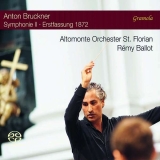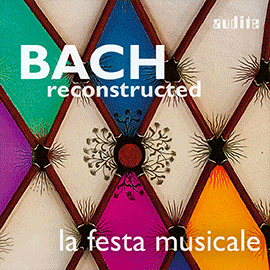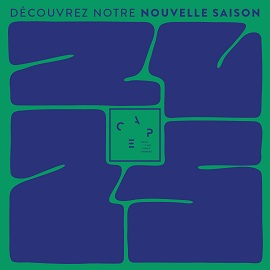 Anton Bruckner: Symphonie Nr. 2 (Carragan-Fassung - 1872); Altomonte Orchester St. Florian, Rémy Ballot; 1 CD Gramola 992211; Liveaufnahme 08/2019, Veröffentlichung 20/03/2020 (85') - Rezension von Remy Franck
Anton Bruckner: Symphonie Nr. 2 (Carragan-Fassung - 1872); Altomonte Orchester St. Florian, Rémy Ballot; 1 CD Gramola 992211; Liveaufnahme 08/2019, Veröffentlichung 20/03/2020 (85') - Rezension von Remy Franck

Georg Tintner war, wenn ich mich nicht irre, der erste Dirigent, der Bruckners Zweite Symphonie in der Erstfassung von Carragan aufgenommen hat (für Naxos). Die Studioaufnahme entstand unter völlig anderen Bedingungen als die Liveproduktion, die Rémy Ballot in St. Florian dirigierte. Mit den zügigen Tempi, die Tintner einschlägt, wäre im riesigen Kirchenraum ein furchtbares Klangchaos entstanden. In der Ballot-Interpretation kommt es im ersten Satz zu viel Prachtentfaltung und einem sehr ernsten und lyrischen Musizieren. Damit reduziert sich, im Vergleich zur Tintner-Einspielung, der Kontrast zum Scherzo. Tintner braucht dafür 11 Minuten, er dirigiert schlank und energisch, während Ballots Scherzo fast 14 Minuten dauert, ohne dass das sich nachteilig auswirken würde. Sehr schön und ganz enigmatisch wird auch hier das Trio gestaltet.
Das Adagio wird vom Altomonte Orchester berückend stimmungsvoll, fast mystisch transzendierend gespielt.
Kontrastreich ist das Finale, in dem Leben und Tod einander so nahe sind, das aber triumphierend beendet wird. Doch zuvor gibt es immer wieder das, was Decsey ‘In-die-Knie-Sinken’ nennt, Passagen, die Ballot besonders schön und bewegend gelingen. Und so bietet diese Gramola-Produktion eine ganz andere Hörerfahrung als die von Tintner, wobei beide Aufnahmen gleichermaßen wertvoll sind.
Georg Tintner was, if I am right, the first conductor to make a recording of Bruckner’s Second Symphony in the first version edited by William Carragan (for Naxos). The studio recording was made under completely different conditions than the live production conducted by Rémy Ballot at St. Florian. With Tintner’s rapid tempos, a terrible sound chaos would have been created in the huge church room. In Ballot’s interpretation there is a lot of splendour in the first movement. It is an excellent, thoughtful and lyrical performance. This reduces, in comparison to the Tintner recording, the contrast to the Scherzo. Tintner takes 11 minutes for this movement, his conducting being slim and energetic, while Ballots Scherzo lasts almost 14 minutes. The trio is beautifully and enigmatically shaped.
The Adagio is performed by the Altomonte Orchestra in an enchanting, almost mystically transcendent manner.
The finale in which life and death are so close, has those passages which Decsey calls ‘sinking to one’s knees’ and become particularly beautiful and moving in this performance. Ballot cares for those contrasts and moves confidently towards the triumphant conclusion. And so this Gramola production provides a completely different experience than the one with Tintner, but at the end both recordings are equally valuable.























